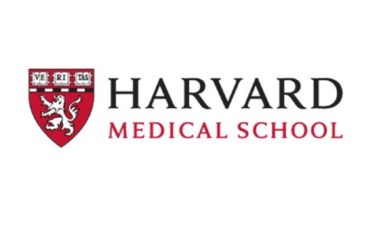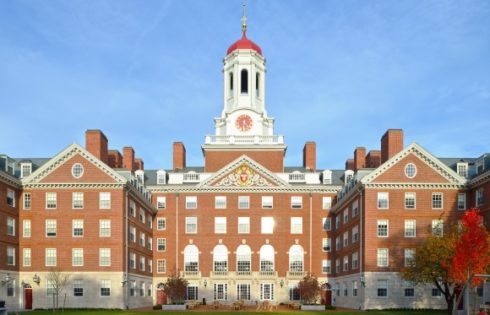
UPDATED
Claims it was just referring to intersex babies
Harvard Medical School officials gave a weak and unconvincing answer when pressed on why the university offers a course on healthcare for LGBT “infants.”
The med school claimed that its focus on LGBTQIA+ infants just refers to those with abnormalities in-utero, implying intersex individuals. The Associated Press tried to come to the rescue today with a fact-check that is no better than Harvard’s response.
The response came after widespread media coverage that started when The College Fix broke the story on January 10. Harvard ignored Fix attempts for comment and only responded elsewhere after the story went viral.
“In this context, care for infants refers specifically to physical variations in sex development that arise in utero and are present at birth,” the university told The National Desk. “These include chromosomal, gonadal, and anatomical variations, all of which are relevant to medical care and treatment to ensure healthy development.”
This is a weak and unconvincing answer for several reasons.
One, the only reason to combine the “I” in LGBTQIA+ is to associate biological anomalies with disordered homosexual desires and the mental health issue known as “transgenderism,” or more accurately, gender dysphoria. One is biological – all the others are psychological.
There is no reason intersex, a relatively rare condition, could not be included in other courses, such as endocrinology, obstetrics or pediatrics.
Two, the course is affiliated with the Boston Children’s Hospital, which has claimed that preborn babies can know they are transgender in the womb. Elementary logic dictates that if a preborn baby can be transgender, then a five-day-old can be as well.
Intersex is not even a sexual orientation or gender identity – it is a biological anomaly that does not break the male-female binary.
My colleague at LifeSiteNews, who is intersex, explained this in an opinion piece.
Jeremy Williamson wrote:
Intersex people have a mix up in the combination of the sex chromosomes that can cause from minor to severe birth defects and/or health problems. In normal human development, the mother’s egg provides the first X chromosome, and the father’s sperm provides either another X or a Y. The combination XX means you are female, and XY means you are male. That is it. That is the binary. Male or female, nothing else. If you have no Y, then you have no bouncing baby boy.
He further explained:
But you may have a situation where either of the X chromosomes loses a ‘tail’ for some reason and kind of looks like a Y. That doesn’t mean you are actually a male, though. It means you are female, and you are going to have some health problems, and maybe a defect or two.
In other words, intersex does not mean you are stuck in the middle between male and female. You can be a male or female with an abnormality. That is it.
But Harvard may not want you to know that. It probably does not want people to know about other devious course content – but that will not stop The Fix from reporting on it.
Stay tuned.
Editor’s note: The article has been amended to include a ‘fact-checking’ from the Associated Press, which is no more convincing.
MORE: Vanderbilt med center sees trans surgeries as ‘huge moneymakers’
IMAGE: Harvard Medical School
Like The College Fix on Facebook / Follow us on Twitter







Please join the conversation about our stories on Facebook, Twitter, Instagram, Reddit, MeWe, Rumble, Gab, Minds and Gettr.